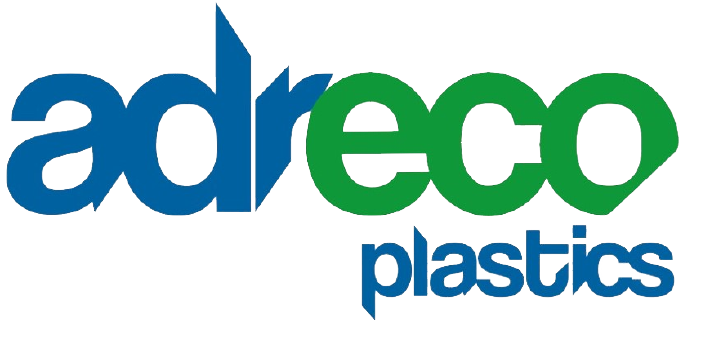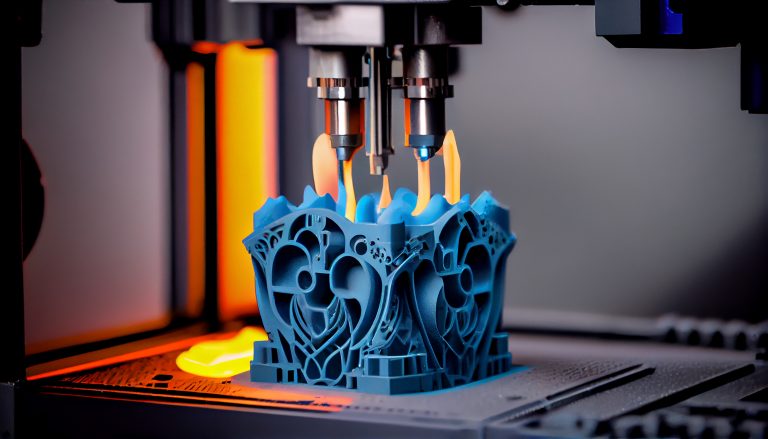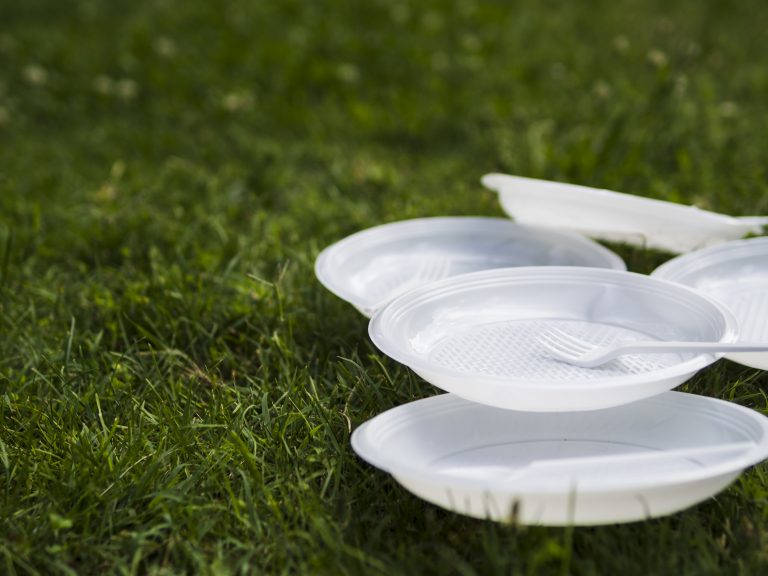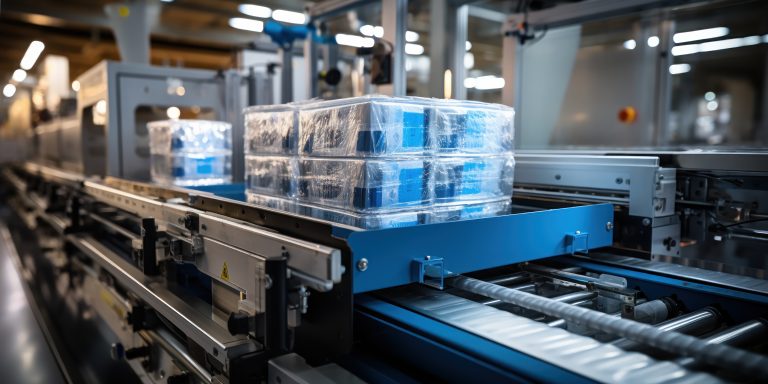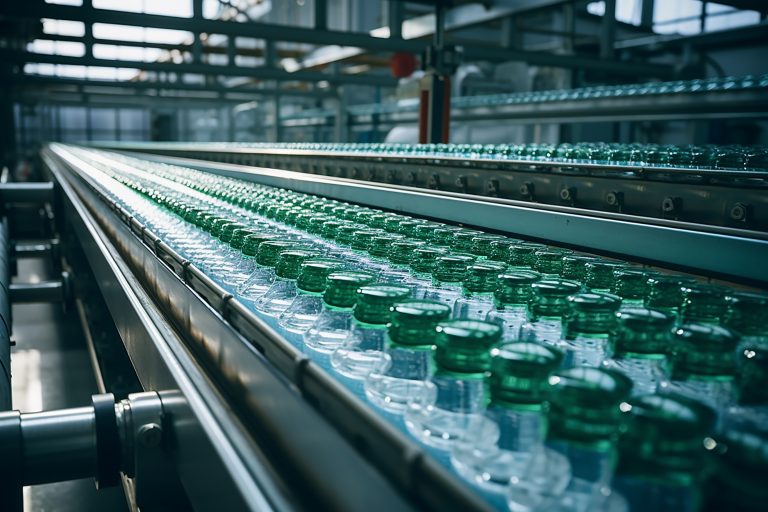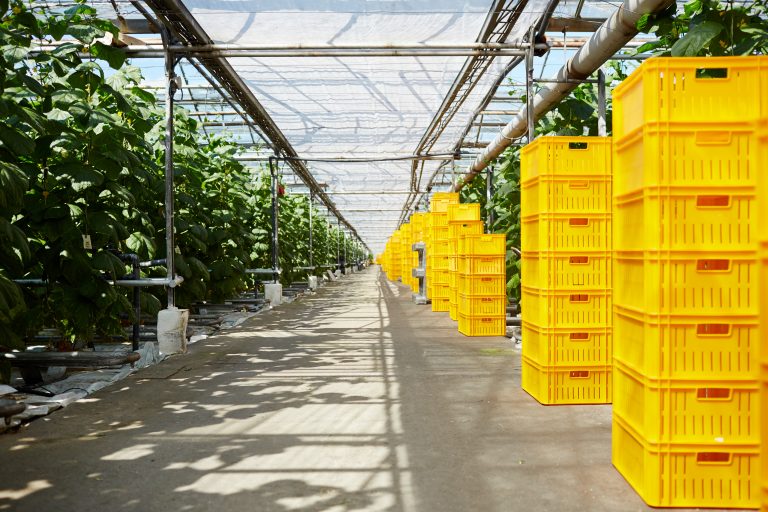What is Polystyrene Moulding?
Polystyrene, PS, is a hydrocarbon polymer that is usually known in its foam variety as styrofoam cups and protective packaging material. As well as foam, it also has plastic and film structures that benefit many applications. Its attributes make it a great option across many industries like toys, automobiles and food packaging.
Learning about the different types of polystyrene and their uses will better equip you to make informed decisions when purchasing a service or product.
Plastic
In plastic form, polystyrene is fairly impact-resilient, especially when combined with other polymers. Its transparency also makes it a popular option for food packaging. On becoming a copolymer, when it is combined with other materials such as rubber, its high impact strength allows it to serve as a protective shield for windows and phones. Its thermoforming ability also makes it a great choice for refrigerator liners.
The two types of foam that are used are expanded polystyrene (EPS) and extruded polystyrene (XPS). Polystyrene is made into foams by adding blowing agents and can be produced via block moulding or shape moulding.
Expanded Polystyrene
EPS is what is known as a closed-cell white foam. It is produced by heating up the small amounts of gas contained within polystyrene beads. The gas expands and forms closed cells of EPS.
The polymer is a commonly occupied plastic in the food industry as it is used for foam cups and food container products due to its superior insulation, moisture resistance and anti-bacterial properties.
EPS foams are also lightweight and have astounding shock-absorbency which makes them suitable for protective packaging for consumer goods. In turn, lighter product weight can also mean improved transport fuel consumption and lower emissions. It can also be recycled at the end of its life, which adds to its low carbon impact.
Its high impact absorbency and excellent cushioning properties cater to the automobile industry as well. EPS is great for car seats and safety helmets.
Extruded Polystyrene
XPS is much denser than EPS, so it’s used mainly in construction and architecture. It is manufactured through an extrusion process whereby the resin is melted and combined with other ingredients. Next, a blowing agent is then inserted into the viscous liquid and then forced through a die several times. The fluid expands while it cools and takes shape.
XPS has similar uses to EPS as they both have exceptional insulation performance. This type of insulation is beneficial for reducing a building’s energy loss. The lightweight, energy-efficient and easy to install features provides immense benefits to the construction industry. It’s low weight and easy to handle, making it a good option for self-installation. It is also generally used for decorative coving in homes and buildings.
XPS can be used for long-term insulation in your building wall panels, ceilings, and window sills. As a result, it improves energy efficiency in the building by reducing energy waste. Less energy used and lower consumption of fossil fuels ultimately mean greener buildings.
Foam insulation manufacturers also tend to add flame retardants to their products which is an important defence mechanism when safety is involved. It helps protect people and buildings from fire.
Film
Polystyrene film is primarily used for food packaging. It can be vacuum-sealed so it prevents air from leaking in or out. Though it is more brittle than other plastic films, its cheap production cost makes it a viable option for companies.
The attributes of polystyrene moulding work in favour of many different industries, but especially for building purposes. The non-hygroscopic nature makes it a highly suitable option for food packaging and insulating buildings, while also lowering energy loss and being reusable at the end of its long lifecycle.
Conversely, some environmentalists disagree with the use of this plastic as it is slow to biodegrade and will result in more littering.
Overall, polystyrene seems like a more popular option than ever for the mentioned applications.
